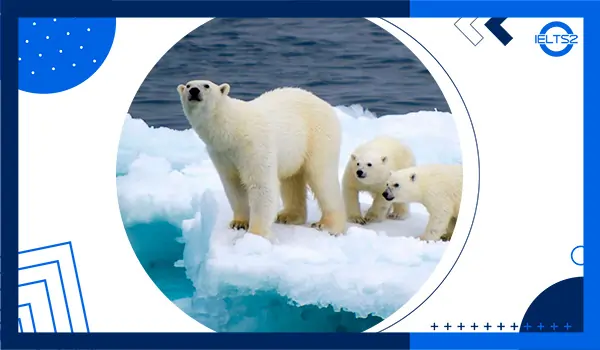📌 Recently published figures show that the wildlife population around the world has decreased by around fifty per cent over the last fifty years.
What can we do to help protect the wildlife round the world?
More samples on IELTS2.com
The staggering statistic that the global wildlife population has halved in just five decades is a stark indicator of a profound ecological crisis. This alarming decline, primarily driven by human activity, demands an urgent and multi-pronged global response to prevent irreversible damage to our planet’s biodiversity.
The most critical step is to address habitat destruction, which is the leading cause of species loss. Governments must strengthen and rigorously enforce legislation against deforestation, particularly in critical areas like the Amazon and Borneo. Furthermore, the establishment of more interconnected protected areas and wildlife corridors is essential to allow species to migrate, find food, and adapt to climate change. Beyond protection, there needs to be a global push for reforestation and the restoration of degraded ecosystems, such as wetlands and mangroves, which serve as vital nurseries for countless species.
Simultaneously, we must tackle other direct threats. The illegal wildlife trade, a multi-billion dollar industry, requires enhanced international cooperation and stricter law enforcement with severe penalties for poaching and trafficking. To reduce pollution, both industrial and agricultural, stricter regulations on plastic waste and chemical runoff are necessary. On an individual level, public behaviour must change. This includes making conscious consumer choices, such as buying sustainably sourced wood and seafood certified by bodies like the MSC, and reducing our carbon footprint to mitigate climate change, which is altering habitats faster than many species can adapt.
Finally, long-term conservation hinges on education and funding. Raising public awareness through schools and media campaigns can foster a deeper connection to nature and generate political will for action. Financial support is also crucial; both governments and the private sector must increase funding for conservation NGOs and scientific research, which provides the data needed to implement effective strategies. Empowering local communities in developing countries to benefit from conservation through eco-tourism and sustainable livelihoods is also key, as it aligns their economic interests with the protection of their natural heritage.
In conclusion, reversing wildlife decline is a monumental but not impossible task. It requires a synergistic approach combining stringent government policy, international collaboration, corporate responsibility, and informed individual action. By protecting habitats, curbing exploitation, and fostering a global ethic of stewardship, we can work towards a future where wildlife populations recover and thrive once more.
More Content for You
Recently published figures show that the wildlife population around
تصحیح رایگان رایتینگ شما در کانال تلگرام ما




